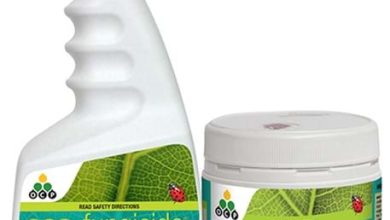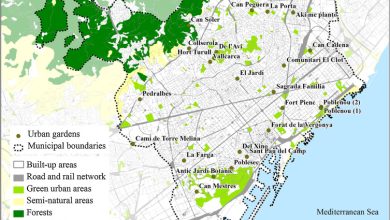How to Fertilize Calas: The Complete Guide – Sembrar100
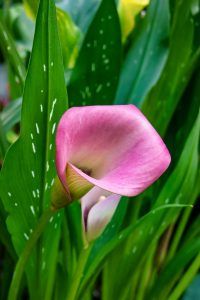
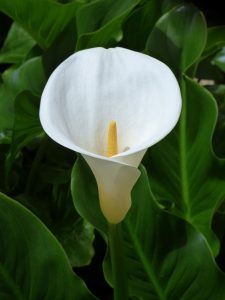 Anyone who sees a calla lily could quite easily think that it is a flowering plant that someone pulled out of a fairy tale.
Anyone who sees a calla lily could quite easily think that it is a flowering plant that someone pulled out of a fairy tale.
This species gives an elegant, clean and beautiful flower that is widely used for decoration works after being cut.
That means that an abundant production and impressive characteristics is what you are looking for when you have it planted in the home garden.
And yes, the fertilizer for coves is part of that care that you must give them so that you meet your goals as a grower and keep a smile on your face just by looking at them. Let’s see how to do it?
Why is it important to pay the coves?
Well-fertilized coves appear healthy and become capable of offering exceptional flowering.The importance in all this lies in using a balanced mechanism of nutritional contributions that allow the plant to obtain what it needs.
When the coves are planted in a fertile soil with favorable properties for plant growth, the fertilization must be done at will. This means that you will have to wisely reduce the cycle of fertilizers to avoid problems due to overfeeding.
But, if the land is more or less poor, the subscribers will help the plant obtain what it requires for its flower production. Furthermore, we cannot lose sight of the fact that fertilizers improve the resistance of all plants to possible attacks by pests or diseases that may arise.
Likewise, it allows you to be protected against changes that occur in the environment, such as increased humidity or temperature variations.
How often should we pay the coves?
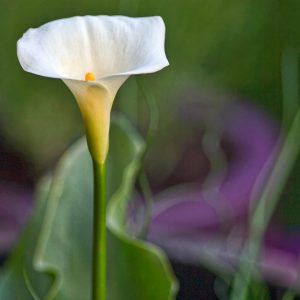 You should start fertilizing the coves as soon as the flower buds begin to appear and maintain the practice for the duration of this entire process.
You should start fertilizing the coves as soon as the flower buds begin to appear and maintain the practice for the duration of this entire process.
You will have to adjust this period according to the behavior of your calla plant, since there are those that launch an early production and others a late production.
In the first case, you will occupy the months that go from February to June; while in the second case it will be from April to October.
In both periods the irrigation with fertilizer will have to be established with a frequency that will go from 10 to 15 days. Take into account that all these periods will be variable depending on the conditions that your coves show.
What nutrients do coves need?
Calla lilies need a balanced system of macronutrients and micronutrients throughout their lifetime.In times of flowering, however, an important demand is generated around potassium (K), since it is the main element that helps the development of flowers.
Potassium also helps callas to regenerate tissues that have been broken by the process of cutting flowers. At this stage, an increase in the need for phosphorus (P) is also generated, although it is usually less than that of potassium.
Therefore, it is best to resort to fertilizers that have a slightly higher level of potassium and phosphorus than nitrogen (N). In addition, it is key that it contains micronutrients so that all the internal nutritional value of the plant is correct and inconveniences do not arise.
What kind of fertilizers do coves need?
The best option to fertilize calla lilies during their flowering cycle is with liquid fertilizers that are diluted in the irrigation water. These can be found especially for flowering plants, which improves the experience for use with coves.
In the case of homemade organic fertilizers, you can use them preferably before planting the coves. In this way, the plants will reach a fertile soil in which to settle and develop with greater security. And that will be very beneficial for the rest of your life.
How do we prepare fertilizer for the coves?
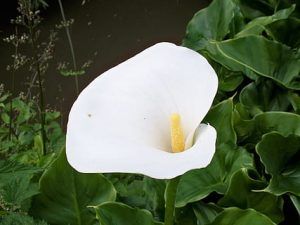 Liquid fertilizer works very easily by diluting it in water to contribute in conjunction with irrigation.
Liquid fertilizer works very easily by diluting it in water to contribute in conjunction with irrigation.
It is important to consider here the conditions of the land to decide how much fertilizer you will use.
If it is fertile land, it may not be necessary to use the concentration level proposed by the manufacturer, but a little less.
In any case, the only thing you should never do is exceed the amount of fertilizer to use because it does not depend on that to cover the requirements. On the contrary, providing more nutrients than necessary will drastically affect the health of the plants, and may lead to them not producing flowers.
Home fertilizers, such as compost, are not used much for flowering plants because it is difficult to control the amount and type of nutrients they provide.
How do we detect if the coves need fertilizer?
The coves will give you warning signs when the internal nutritional levels are not going well. You should pay attention to changes such as:
- A slow growth of the foliage, both in its growth stage and at the arrival of spring, is due to a nitrogen deficit.
- In the event that the flowers do not generate abundantly or that they fall before their time, you can attribute it to low levels of potassium or phosphorus.
- Calla plants (and almost all calla plants in general) will experience discoloration on their leaves when iron levels are not correct.
Take into account that both deficits and excesses of nutrients are harmful to plants, so you must work in the right measure. To ensure that this is the case, observation is a fundamental part of the cultivation process, since you yourself will be able to notice when something is not going as it should.
In short, cleat fertilizer is a simple topic that will get rid of problems of various kinds, so paying enough attention to it is key. So take advantage of everything we let you know here so you can put it into practice today. And then don’t forget to tell us how it went.
Bibliographic references
- Response of calla (Zantedeschia sp) cultivation to complementary foliar application with three fruit fertilizers at three doses. Sanbuenaventura-Cotopaxi, MA Quimbita Quimbita – 2015 – dspace.uce.edu.ec
- Application of carbonic fertigation and oxyfertigation in lily and calla crops , FJ Macías, MD Vela, DJ Arias, A Griñan, JL Mejias – sech.info
- Influence of light intensity, fertilizers and saponins on the growth of Green Goddess boobies (Zantedeschia aethiopica L (K) Spreng) and…, J Mendoza Ramírez – 1999 – sidalc.net
- Effect Of Three Doses Of Chemical Fertilizer And Biostimulants In Yellow Cartridge (Zantedeschia Elliottiana), Under Controlled Environments In Bolívar-Carchi, PA Lora Pozo, FA Méndez Chulde – 2011 – repository.utn.edu.ec

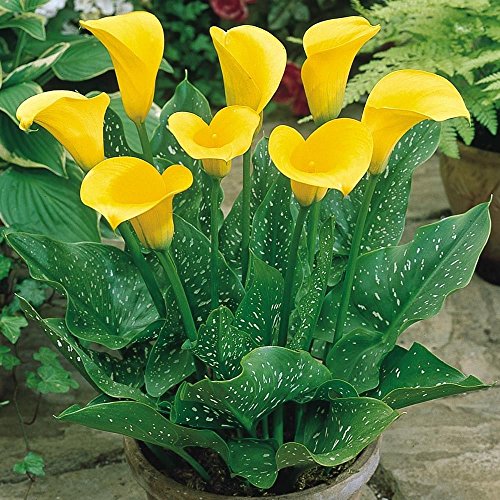
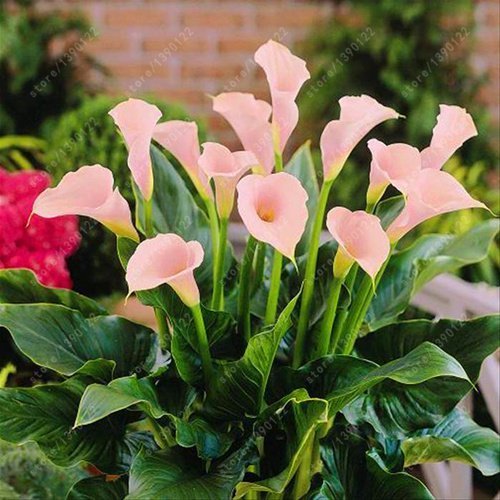

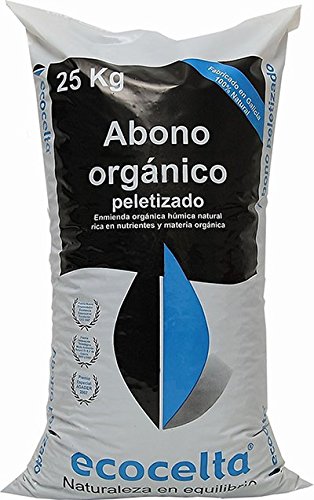
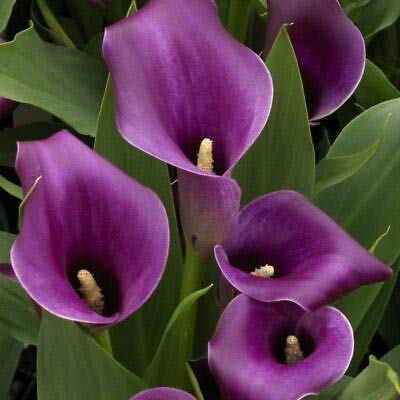
![Photo of Horsetail: [Properties, Benefits and Cultivation [Complete Guide]](https://www.complete-gardening.com/wp-content/uploads/2022/08/horsetail-properties-benefits-and-cultivation-complete-guide-390x220.jpg)

